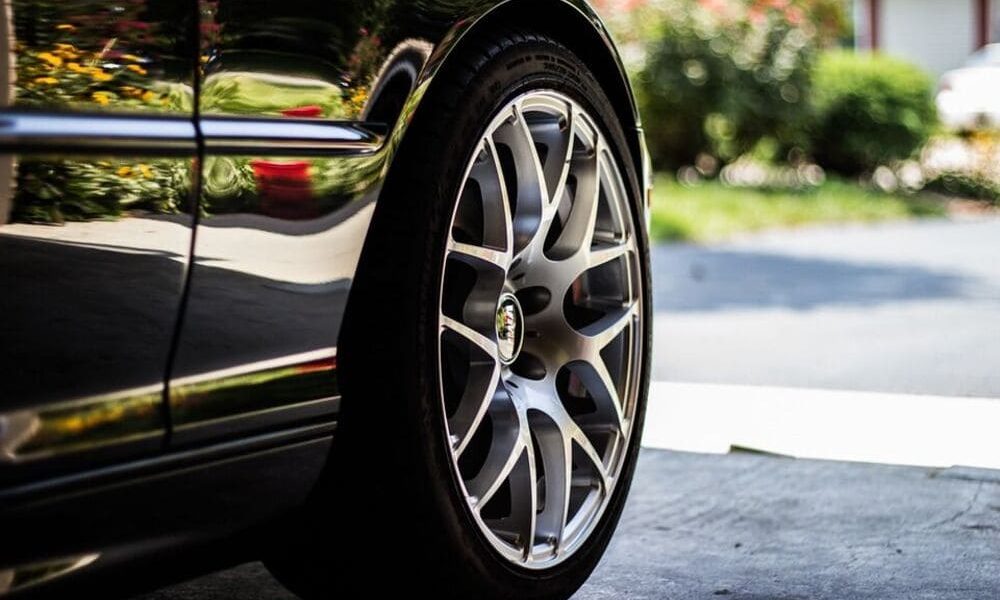
Your vehicle’s wheels are perhaps its most important feature. Without them, your car would sit still and get you nowhere. Taking care of your vehicle’s wheels is crucially important to maintaining your vehicle’s longevity. But have you ever stopped to consider how exactly those wheels function?
Moving
Getting your vehicle’s wheels moving is a function of a few things. It all begins in the fuel that you put in your car. After you put gasoline in your car’s fuel tank, the vehicle’s combustion engine draws the gas from the tank along a fuel line into its cylinders. Small devices called spark plugs create small, controlled explosions by burning the fuel which force other small devices called pistons downward. These, in turn, propel a shaft (the drive-shaft) which turns to set the car’s wheels in motion. The drive shaft is connected to the axel which turns to move the car forward (or backward if you’re in reverse).
Turning
Your steering wheel is connected to the front axel of your vehicle. A long column extends from the steering wheel to the axel connected by a joint. By turning the steering wheel, you are actually shifting the position of the axel and changing the direction the front wheels face. When you go forward, the front wheel direction determines where you go.
Stopping
Your vehicle’s wheels and tires are designed to stop quickly from high speeds. Tires are designed to grip the road tightly and create friction which helps you both accelerate and decelerate quickly. When you step on your car’s breaks, there are pads which are applied to the tires. Depending on the level of pressure you put on the brake pedal, you will experience different levels of deceleration. That’s why slamming on your brakes makes your car come to a screeching halt.
Courtesy of aeroautoparts










